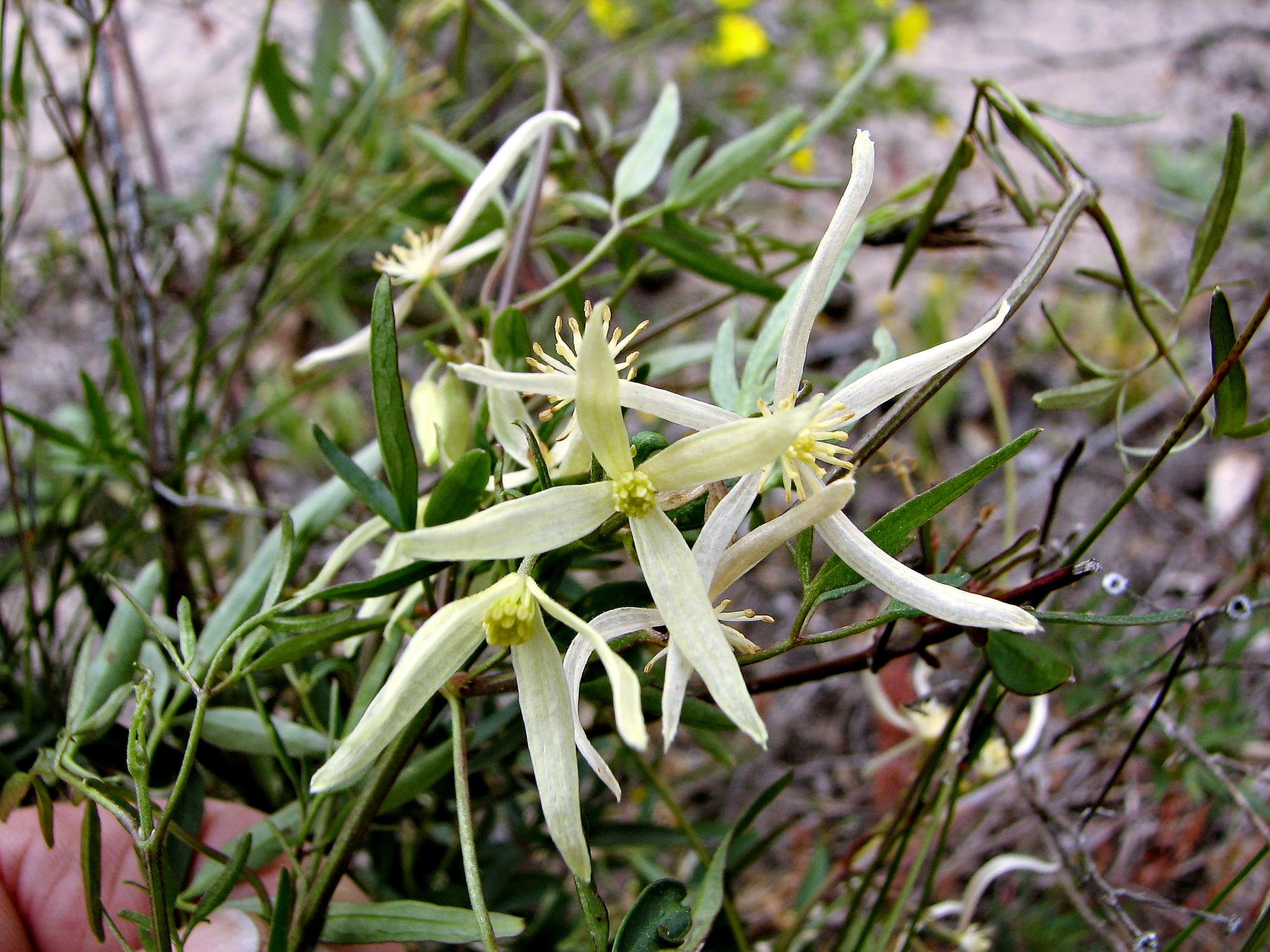
Mostly perennial herbs, occasionally woody climbers or aquatic plants. Rootstock often elongated, rhizomatous or forming a storage tuber. Leaves simple or compound in a basal rosette or alternate, occasionally opposite, often deeply divided or palmately lobed. Leaf stalks forming a stem clasping base; stipules mostly absent. Flowers bisexual, terminal, solitary or in clusters, parts mostly spirally arranged. Perianth of 3 or more free petals with a nectary at the base or tip, sometimes with sepals too (Helleborus). Stamens mostly many, rarely 5, free. Carpels mostly numerous, free. Ovary superior, containing 1-many ovules. Fruit a follicle or achene, rarely berry-like; seeds 1-many.
Rarely cultivated genera include: Actaea L., Baneberry, which has berry-like fruits and pinnate leaves (grown for the berries) mainly as A. rubra (Aiton) Willd., Red Baneberry, from N America; Xanthorhiza Marshall, a genus of 1 species X. simplicissima Marsh.,Yellow Wood, from E America, a shrub grown as a ground cover and living up to its common name; Eranthis Salisb. is sometimes available as the yellow flowered E. hyemalis (L.) Salisb., Winter Aconite, a small tuberous perennial from Eurasia.
Herbs; leaf stalks mostly with a stem clasping base; carpels mostly numerous, free; stamens attached just below the carpels.
56 genera and about 2100 species, cosmopolitan but mostly in cold temperate regions and centred in the northern hemisphere.
Source: (1997). Ranunculaceae. In: . Horticultural Flora of South-eastern Australia. Volume 2. Flowering plants. Dicotyledons. Part 1. The identification of garden and cultivated plants. University of New South Wales Press.
